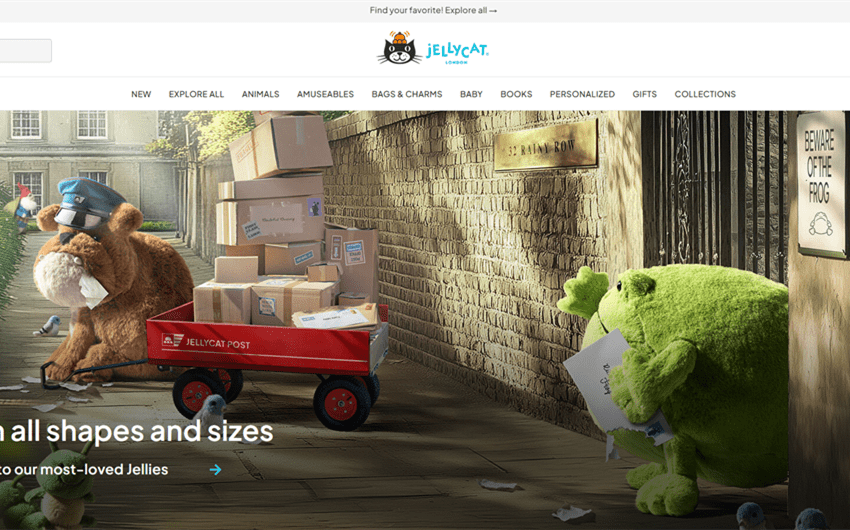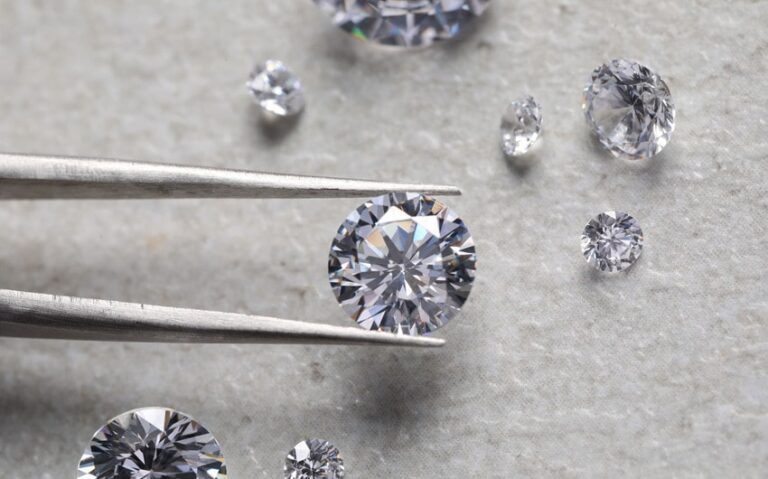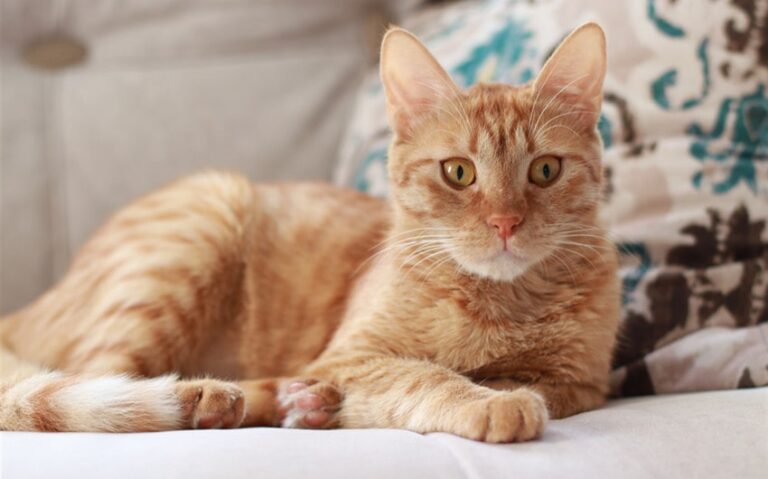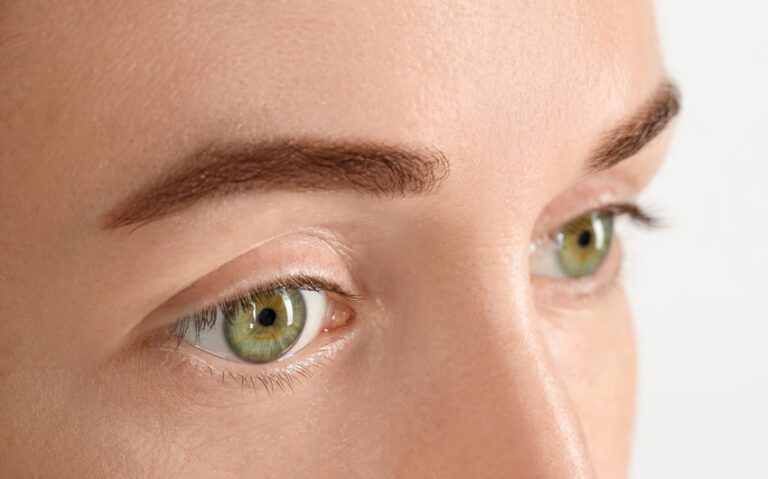Why Are Jellycats So Popular (And Weirdly Irresistible?)
I can’t remember the first time I held a Jellycat, but I do remember the moment I realized I couldn’t put it down. There’s something uncanny about them—part plush toy, part emotional support sponge. Whether it’s a Bashful Bunny, an Amusable Avocado, or one of the weirder ones (I’m looking at you, plush shrimp tempura), Jellycats have a strange gravitational pull. But why? What makes these stuffed animals so wildly popular—among toddlers, teens, and full-grown adults like me?
The Texture That Hooks You
Let’s start with the obvious: they are absurdly soft. Jellycats use a particular kind of polyester fur that feels almost liquid. It doesn’t snag, mat, or scratch. It’s smooth in every direction and somehow manages to feel cool and warm at the same time. I’ve touched a lot of plush toys in my life—childhood was a competitive sport—but none of them ever felt like this.
And the stuffing? It’s squishy, but not floppy. Firm, but not stiff. There’s a perfectly balanced give when you squeeze it, which might explain why I catch myself absentmindedly hugging mine during Zoom calls. It’s the haptic equivalent of comfort food. This isn’t a coincidence—Jellycat has clearly put thought into the tactile side of joy. They’re engineered to be touched, and that alone makes them addictive.
This obsessive softness isn’t just for kids. There’s something almost therapeutic about the sensory experience they deliver. For people with anxiety or sensory sensitivities, the consistent texture and squish can offer relief. It’s the same logic behind weighted blankets or fidget toys, except with more personality and less bulk. They appeal to our most basic instinct to feel soothed by something gentle, familiar, and warm.
The Aesthetic of Cozy Chaos
Jellycats walk this brilliant line between cute and completely absurd. They don’t try to be realistic. They try to be lovable. Their eyes are simple black dots. Their mouths are usually nonexistent. Their proportions are wonky in the most deliberate way. A croissant with tiny limbs? A mushroom that smiles? Why does that work? I have no idea, but it does.
This unique design language makes them instantly recognizable. While other brands chase realism or cartoonish exaggeration, Jellycat leans into minimalism and quiet charm. They look like doodles come to life—simple, clean, and utterly huggable. There’s an elegance to how un-serious they are. And they’re surprisingly versatile. Some people collect them for the cute factor, others for aesthetic decor, and others simply for emotional comfort.
There’s also a kind of gentle subversion in the lineup. Who decided a cherry pie should have legs? Or that a loaf of sourdough needed a face? The silliness taps into that childlike part of the brain that delights in nonsense for nonsense’s sake. It’s imaginative, cozy chaos—and it reminds us that not everything has to make sense to be deeply enjoyable.
They’re Collectible (and TikTok Knows It)
As with most modern obsessions, part of the Jellycat boom is algorithmic. TikTok and Instagram have given them a digital cult following. People show off their collections, rank their top ten favorites, or unbox limited-edition releases. And of course, the more people post, the more people want them. Jellycats went viral because they’re perfect for virality—bright, quirky, and endlessly photogenic.
What social media has done is elevate Jellycats from plush toys to lifestyle items. They show up on pastel-themed shelves, tucked into tote bags, propped on pillows. Influencers create entire aesthetics around them—cottagecore meets plushcore. That kind of exposure shifts perception. Suddenly, Jellycats aren’t just toys—they’re statement pieces. And once something crosses that line, it taps into a deeper cultural desire to signal identity through possessions.
Beyond aesthetics, the collector mentality plays a huge role. Jellycat rotates its lineup regularly. Some designs are seasonal or location-specific. Others are discontinued without warning. This fuels a sense of urgency and exclusivity. Owning a rare Jellycat becomes a badge of honor—proof that you were there before it disappeared. Add in resale markets, tracking apps, and fan-run databases, and you’ve got all the ingredients of a plush-powered subculture.
Emotionally Bulletproof
What really fascinates me is how nonjudgmental they are. Jellycats don’t have expressions that lock them into one emotional role. They can be happy, sad, supportive, sleepy—whatever you need them to be. That emotional flexibility is rare. Most toys are made for kids and designed to do something. Jellycats don’t do anything. They just are. And somehow, that’s enough.
This makes them surprisingly powerful emotional anchors. During uncertain moments—whether it’s a tough day, a panic spiral, or even just a moody Sunday—they’re there, quietly existing. You don’t have to explain yourself. You don’t have to feel silly. You just hold it, and something in your nervous system gets the message: you’re okay.
There’s also a timelessness to them. They’re not tied to a show or a movie. They don’t go out of date. They don’t ask anything of you. That makes them incredibly accessible across generations. Kids can bond with them instantly. Adults can rediscover softness without irony. And in a world that often makes vulnerability feel risky, Jellycats offer a strange and wonderful kind of safety.
Final Thoughts from the Plush Pile
So why are Jellycats so popular? Maybe because they’re soft. Maybe because they’re absurd. Maybe because they fill a weird little space in our lives that we didn’t know needed filling. All I know is this: when life gets loud and fast and overly complicated, there’s something incredibly soothing about holding a fuzzy lemon with arms and pretending, just for a second, that everything’s fine.
And if that’s not magic, I don’t know what is.






